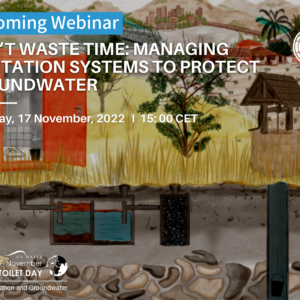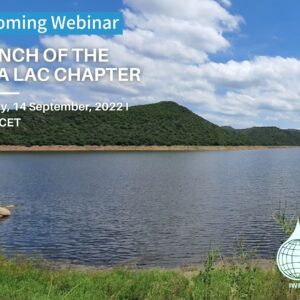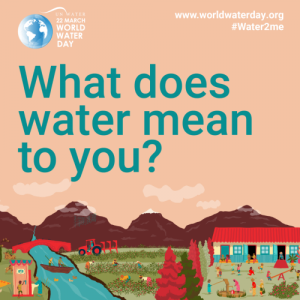Sustainability of Engineered Rivers in Arid Lands (SERIDAS):
Response to Critical Challenges: 17 June 2021

The 17 June 2021 IWRA webinar on the “Sustainability of Engineered Rivers in Arid Lands (SERIDAS): Response to Critical Challenges” was well attended with over 250 people registered. This was the second IWRA SERIDAS webinar, following another IWRA one on “SERIDAS: Challenge and Response” (23 September 2020). This webinar was moderated by Stephanie Glenn and featured panellists: John Berggren, Aysegül Kibaroglu, James E Nickum, Eduardo Sávio, and Jurgen Schmandt.
Glenn discussed how to work towards greater sustainability for particularly vulnerable rivers, which flow through arid and dry lands. These river systems, fed by snow melt, are increasingly under threat because of the impacts of climate change and increased human use. While each river is unique, the group’s work over the past decade has resulted in concrete solutions to improve stakeholder involvement and a specific action plan to help improve these rivers flow.
Aysegul discussed how the devolution of power to induce agricultural water users in Turkey to participate in the management of water resources has had a mixed record. For example, payment mechanisms can be farmer managed, to increase the regularity of payment, as well as improving water use efficiency. Sávio explored interbasin transfers around the world, proposing the intelligent solutions but noting that they are difficult, given that political considerations often frustrates the sustainable basin management.
Nickum noted that at least in the Yellow River, the search for sustainability has a dialectic where solving one problem often leads to others, making the idea of sustainability itself problematic. For example, in the Yellow River, flood control with dikes increases the risk of catastrophic flooding due to the very low gradient and high silt load, which once characterized the river. The over-engineering of these rivers, increased human use of the water, resulted in flow stoppages in the late twentieth century, but the flow has been restored, in part due to more engineering. More remarkable, the silt load of the Yellow River has fallen dramatically, quite possibly due to factors other than engineering.
Berggren discussed the Colorado River, where, far more water rights have been allocated than there is water in the river. But there is hope that the Colorado and similar rivers can be rendered sustainable with additional information and better structuring of the water users and stakeholders. The current megadrought is a serious challenge, however.
Finally, Schmandt, the organizer of the SERIDAS project, revisited the origins and evolution of the project. He referred to the evolution of thinking on sustainability, from the Club of Rome assessment of the limits to growth. SERIDAS began with studies of rivers in Texas, where they recognized that agriculture was threatened by water shortages in coming decades, especially with climate change. The project found that four conditions must be met for sustainable use; including finding the dependable yield, maintaining efficient water use, making adjustments needed to water allocations to match changes, and knowing how to maintain a healthy environmental flow. To make this more concrete river basin management organizations need to have both scientific teams and the authority to balance water use allocations. SERIDAS suggests having a coalition of stakeholders, and governing bodies to make sustainability plans, which can help guide the rivers’ sustainable use.
Click on the titles of the presentations below to access them:
- Sustainability of Engineered Rivers in Arid Lands (SERIDAS) Introduction
- River Sustainability: The SERIDAS Definition and Action Agenda
- Intelligent Water Transfers
- The Colorado River Basin Transformative Change Through Incrementalism
- Irrigation and Stakeholder Participation: Turkey as a Case-Study
- The Yellow River: Sustainability as Dialectic




